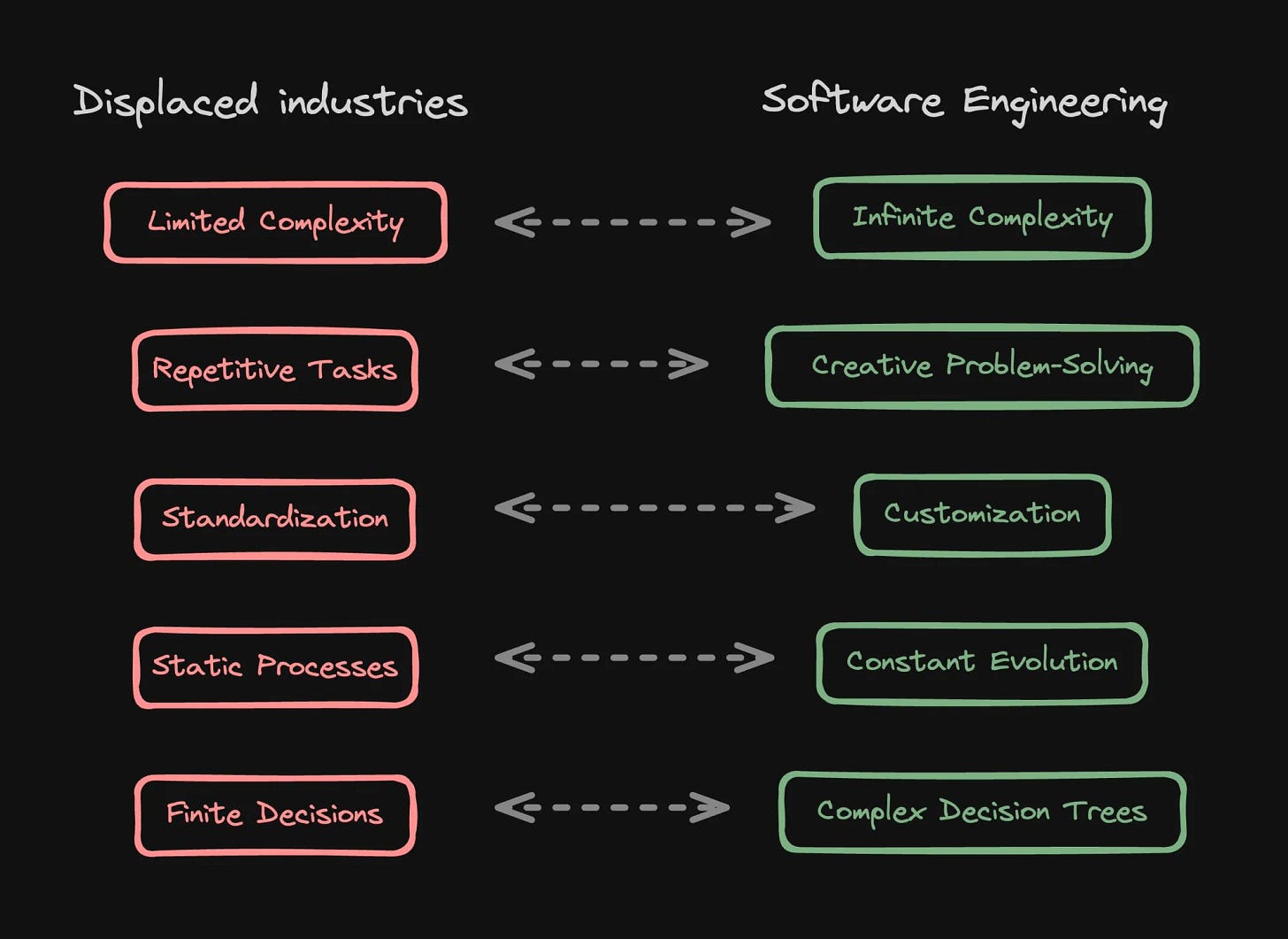Scaling Smart: Strategies for Product Development | Semgrep’s Adam Berman
Plus, why you should think of thoroughness vs. scope, the pyramid of motivation, and the truth about AI's impact on development jobs.
Scaling new product lines within a growing company can be both an opportunity and quite challenging. So this week, Semgrep's Head of Engineering Adam Berman joined us to share his own experience developing Semgrep's second product line.
Adam shares practical strategies for moving from a single-product to a multi-product organization. He unpacks the challenges of organizational design, the importance of fast iteration and feedback loops, and how to build a cohesive company identity with so many moving parts.
If you want to learn how to effectively scale products and how to drive product growth, this episode is a must-listen.
“Product development is so much fun. And I think it makes every engineer better to have an opportunity to work on a product team or to think of themselves as building products. The reason our infrastructure team has been so successful is they also think about building as building products.
It's so much fun to build something, get it into someone's hands, see them use it. And then keep on iterating, see if you can like really stretch that value, make things easier, make things better.”
Episode Highlights:
1:10 The challenges of new product lines
4:25 Scaling teams for success and strategies for growth
7:30 Finding the right balance between practicality and innovation
12:15 A startup within a startup mentality
18:40 Learning through experimentation
23:55 Key considerations when navigating product market fit
28:20 Driving growth in engineering teams
The Download
The Download is engineering leadership content we’re reading, watching, and attending that we think you might find valuable.
1. Why you should think of thoroughness vs. scope
When you’re asked to deliver a project, the natural inclination is to think about scoping requirements and delivery timelines which can obfuscate a project’s long-term needs.
recommends shifting your mindset from scope to thoroughness as a more holistic approach that includes scalability and sustainability. By doing so, you can better align team efforts with business goals, without compromising essential aspects of building products.2. The pyramid of motivation
For founders, startups, or engineering teams, motivation is one of the most important driving forces you need to sustain performance against all odds. In any circumstance, motivation is how you can overcome issues with product-market fit, budgeting, or otherwise.
’s recent post takes a look at the framework he uses to keep engineering teams motivated, drawing from examples in his career and other successful tech companies.The Essential Guide to Software Engineering Intelligence (SEI) Platforms (Sponsor)
Whether Software Engineering Intelligence is a new concept or you’re actively evaluating solutions, LinearB’s new Essential Guide to SEI Platforms is perfect for any engineering organization looking to drive continuous improvement.
SEI Platforms help drive operational excellence and business impact, and LinearB’s three-part guide highlights what SEI has to offer, how to adopt it, and how to determine what exactly you’re looking for in a platform. Download your free copy 👇
3. The truth about AI's impact on software development jobs
With every major technological advancement, there’s typically fear of a new invention taking away jobs from skilled professionals. In some cases like manufacturing, this fear has come true.
Builder.IO CEO Steve Sewell discusses why this will not be the case with AI and software engineering, showcasing how AI will be a force multiplier rather than a replacement.
Read: The Truth About AI's Impact on Software Development Jobs
4. From Twitter Spaces to Indie Artists: Lead Org-Based Innovation with United Masters
This week’s episode with Adam Berman unpacks the classic “startup within a startup” mentality, often used in product development to help teams create additional products in tandem with their main product.
Another great example of this strategy we heard from Pablo Jablonski — his team at Twitter was able to rapidly build Twitter Spaces, without being bogged down by the bureaucracy of working within a large company. You can check out our conversation below 👇







